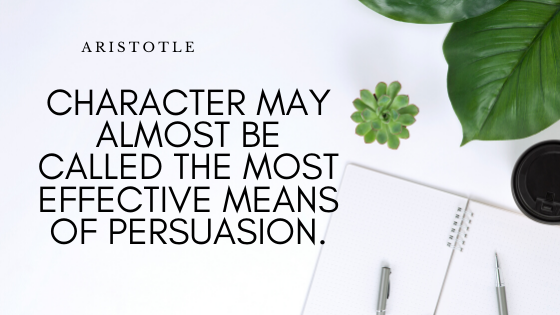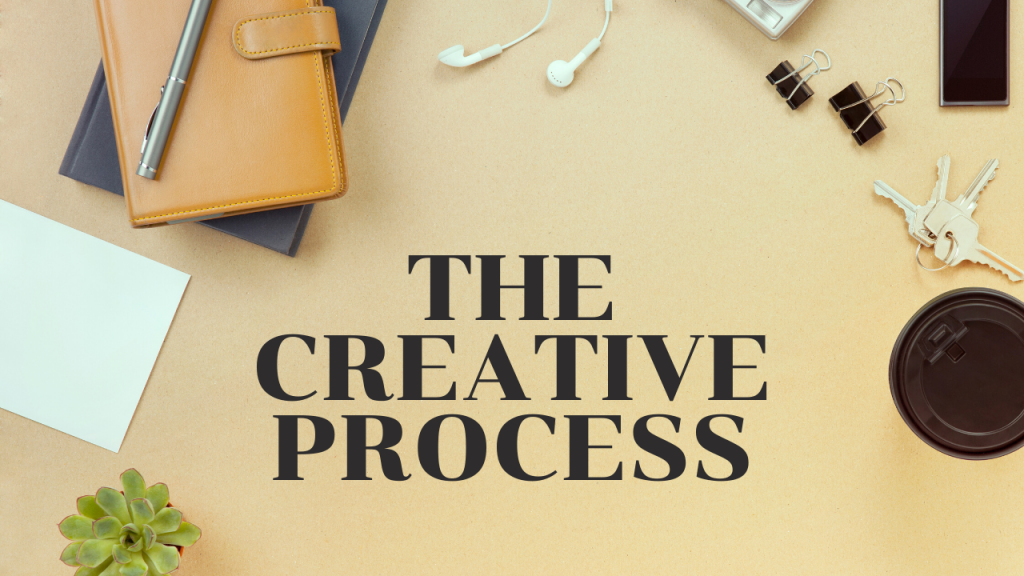“Karma? Yoga? What?”

That’s right, Karma Yoga. I’m sure you are thinking to yourself, “okay, Miss AirSend writer, you’ve officially lost it.” Fear not! I have not lost it just yet. But, really, Karma Yoga! It is an excellent practice to use when working with big or small business, or if you are simply a working professional trying to make a name in society. Karma Yoga is one of the four spiritual paths in Hinduism, one that is based on the “yoga of action.”
To a karma yogi, right work done well is a form of prayer. It is one of the paths in the spiritual practices, others being Raja yoga, Jnana yoga, and Bhakti yoga. So, how do we apply Karma Yoga in the Workplace? What are the principles of Karma Yoga? Well, allow me to first provide the introduction of what the principles are, and then I will tell you how to implement these principles in the workplace.
Karma Yoga is about purifying the heart and counteracting egoism. It involves the dedication of all work as an offering, with no thought of personal reward. From this rule follows the four guiding principles: Right Attitude, Right Motive, Give up Result, and Serve the Self in All. Let’s begin with the first principle: Right Attitude.
Right Attitude.
The action of some kind or the other (Karma) is unavoidable. If we act as a participant in the cosmic activity of Nature, without expectation of personal gain, our actions become part of the ineffable goodness dwelling in all living beings. What binds us to phenomenal existence (known in Sanskrit as Samsara) is not the action but the idea of doing and enjoying. In other words, rather than thinking of personal gain, think of your work as a contribution to society of which you are a part of.
Changing your thinking in terms of contributing to the greater good allows for better workflow mentality and alleviates the pressure of trying to work with personal gain in mind. It is always encouraged to have aspirations within society, but one cannot achieve aspirations without contributing.
Right Motive
When action is done without the expectation of fruits, it becomes liberating – as the action itself is born from the space of selflessness. Karma Yoga can be practiced at all times, under all conditions, anywhere there is a desire to do selfless service and purify the heart. Right Attitude = Right Motive.
To contribute to society without expecting anything in return becomes liberating for the mind. Why? Because you are not continuously thinking which decision will lead you to the most rewards. You, yourself, alleviate the pressure on yourself by removing the expectation of receiving something. Think of it like this.
As a self-serving professional for example, one of their jobs is to maintain connections with their clients. If the professional delivers to the client without expecting anything in return, it is safe to say the job for the professional becomes much easier. There is a peace of mind for the professional, even if the client becomes upset, the professional knows they delivered their best, so they can carry on with the rest of the day with no worry. because they delivered to the client without expectation.
Take out the expectation of reward, and all you have is a selfless worker delivering the quota for their company. To clarify, Karma Yoga is not the same thing as having personal goals within the company. It is great to have the aspirations, however, how can you progress in life if you are always expecting something in return?
Give Up Result
Feel that you are only an instrument and that the inner peace is working through you. Much like an orchestra, you, yourself, are also an instrument that helps create the overall sound of the company. Imagine an orchestra with a first and second violin section. Now, imagine that all you can hear is the sound coming from the first violins. You strain to hear the second violins, but the sounds of the first violins take over. Now, you have an unbalanced orchestra. All you hear is the melody, but no harmony.
This is the same for the workplace. Do not think of yourself as a tool, but as someone who helps create the overall sound of the company. Someone who enjoys working for their company, and does not expect anything in return. To work and not expect anything, I believe is the true happiness of working.
Detachment from results also means detachment from the type of job itself. There is no job that is inferior or superior to a different job. Putting this into practice, you will be freed from the bonds of Karma and enjoy peace. Karma, then becomes Karma Yoga, preparing our heart and mind for the reception of Knowledge of the Self. An amiable, loving social nature will arise within.
Serve the Self in All
In sum, Karma Yoga teaches us to be selfless. To work without expecting anything in return, to consider ourselves a vital piece to the orchestra we are playing, and to detach ourselves from the idea of rewards and the self. By detaching ourselves from the fruits of our actions and offering them back to society, we learn to sublimate the ego.
Work unselfishly. Each job is a teacher of some sort. You can learn different skills by doing different jobs. Each job has different requirements in terms of time, degree of concentration, skills or experience, emotional input, physical energy, will. Try to do whatever job you are doing, well. Be humble and free, rejoice in the welfare of others.
AirSend helps professionals and businesses create a versatile digital workspace to share files, send messages, and complete tasks. See how AirSend can help you.




















